mbartolucci
TPF Noob!
- Joined
- Jan 17, 2017
- Messages
- 5
- Reaction score
- 0
- Can others edit my Photos
- Photos OK to edit
Hello forum!
So ive recently discovered the curious and interesting world of IR photography and I would love to give it a go. So before i go out and buy a filter and start trying things out, I was wondering if anyone has had some experience with this type of photography? any tips or suggestions? Any suggestions for a specific filter??
So ive recently discovered the curious and interesting world of IR photography and I would love to give it a go. So before i go out and buy a filter and start trying things out, I was wondering if anyone has had some experience with this type of photography? any tips or suggestions? Any suggestions for a specific filter??


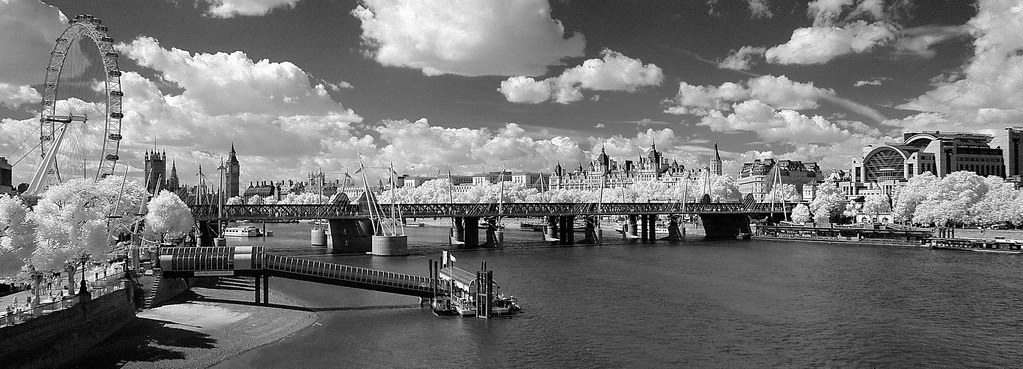 Infra red Panorama
Infra red Panorama
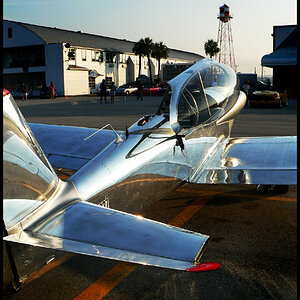
![[No title]](/data/xfmg/thumbnail/35/35960-06c2714b6ed3da761ad1b4a0a0f6cb11.jpg?1619737275)
![[No title]](/data/xfmg/thumbnail/35/35965-cac1057a7f2dd8e8aeeefed50ae8c080.jpg?1619737282)
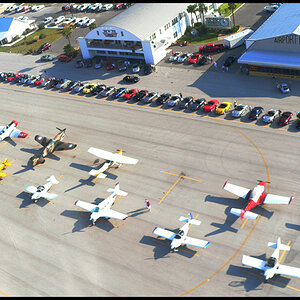
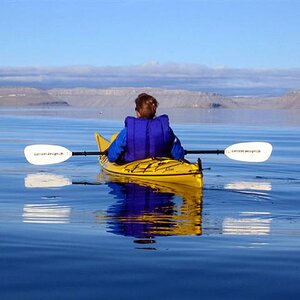
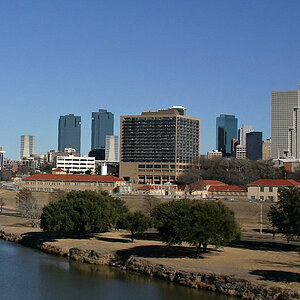
![[No title]](/data/xfmg/thumbnail/35/35964-c65699557292548e7f4d384b3ca48534.jpg?1619737280)
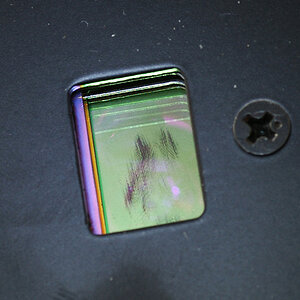
![[No title]](/data/xfmg/thumbnail/32/32701-51bacbc6ea9d40683123c14f053d4742.jpg?1619735603)
![[No title]](/data/xfmg/thumbnail/32/32700-18534997be82e5150c566a9e67a00471.jpg?1619735602)
